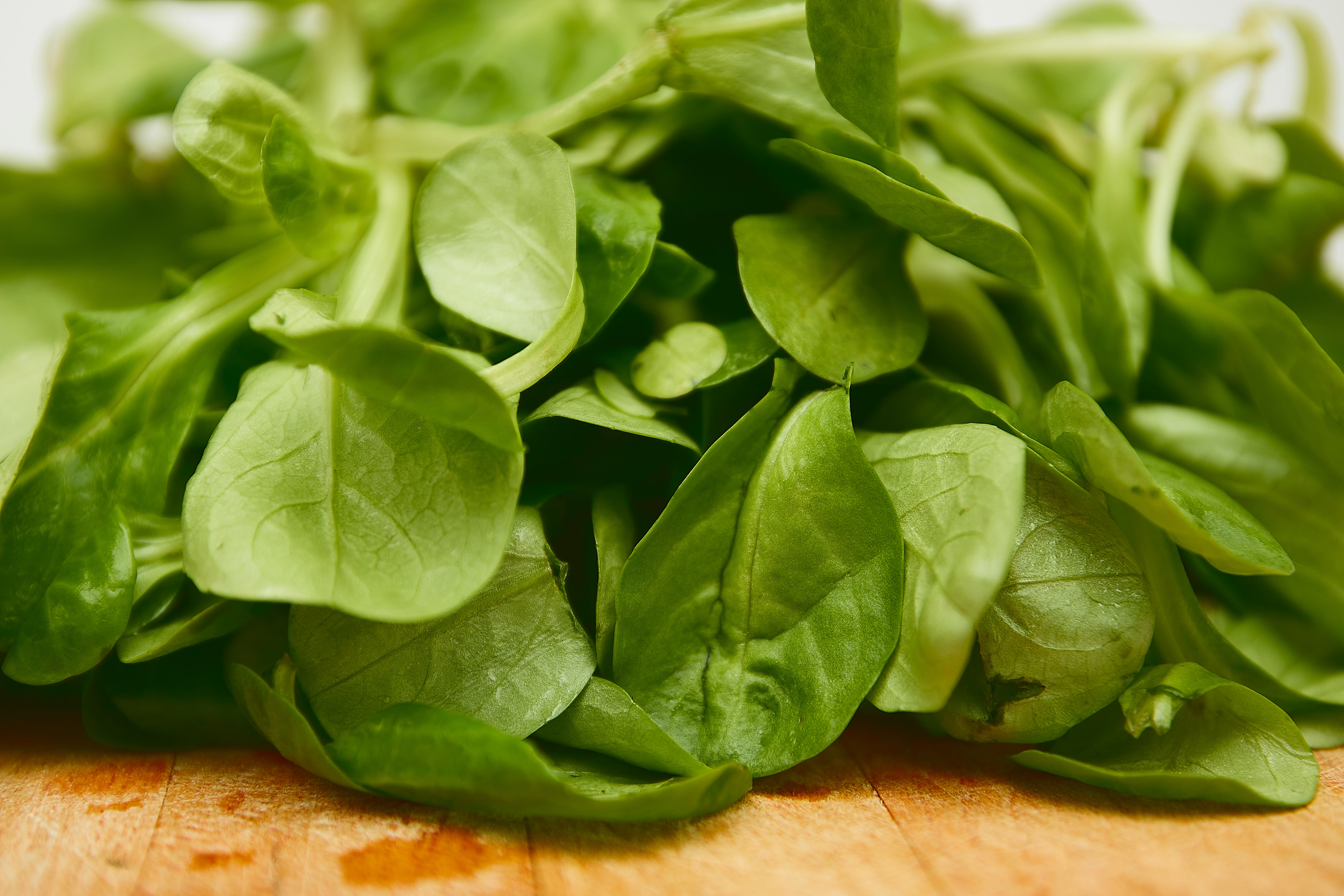
According to google, a cyborg is a ‘’fictional or hypothetical person whose physical abilities are extended beyond normal human limitations by mechanical elements built into the body.’’ In short, it’s a concept taken straight from sci-fi, something that doesn’t pertain to the present or reality…
Or so that was the case.
Like Frankenstein, scientists’ just don’t know when to stop and now we find ourselves saddled with a real-life monstrosity: email sending spinach.
No, that wasn’t a typo
All jokes aside, scientists did invest time and money to make spinach capable of triggering an email. Of course, the Massachusetts Institute of Technology (MIT) had more in mind than just giving plants a quirky new ability. They inserted carbon nanotubes into the spinach’s leaves, so that it could serve as an explosive detector.
Yeah, that seems like a whole leap doesn’t it? Let me be a bit clearer.

As you know, plants absorb ground water to survive, which makes them the perfect candidate to repeatedly analyse said ground water. Since plants don’t have the inherent ability to do that, the MIT decided to remedy it with the help of nanotechnology implants.
This process is part of a science called ‘’plant nanobionics’’, which is essentially what has been happening with the spinach: giving plants new abilities thanks to nanotechnology.
Photo by Jaron Nix on Unsplash
In our case it permits the spinach to identify that there’s nitroaromatics, a component used to make landmines and the like, in the water it absorbs. The nanotubes then emit a signal if they have picked up anything, a signal that is in turn read with an infrared detector. Then, an email is sent to the scientist, reporting the find.
The reason they did this is…
Now of course spinach will probably not be replacing sniffing dogs when it comes to demining a terrain, but that wasn’t the point the experiment was trying to make. As the leader of the project, Michael S. Strano said:
They [plants] can detect small changes in the properties of soil and water potential. If we tap into those chemical signalling pathways, there is a wealth of information to access.”
Indeed, the experiment transforms plants into yet another tool we can use to analyse our environment. This means that we can modify the plants to detect other components than nitroaromatics. Think for example of hydrogen peroxide, which is naturally found in water, or pollutants like carbon monoxide, sulphur dioxide or ozone.

This could benefit not only researchers by providing more precise and live information about the environment of the plants, but also farmers or the general public. Droughts could for example be predicted before they even happen, as the plants would already register a lessening of the soil’s water.
Strano’s team also has a wish to expand the variety of sensors at their disposal and their use. More than giving us information on the environments of the bioengineered plants, they want to use this technology to gather information on the plant itself in order to understand its behaviour. This would facilitate the plant’s growth and would be a great help at improving its yield rate.
Who knows, maybe the future really is in cyborg spinach.




This is such an exciting post to read. The potential of this technology seems incredible! I do wonder about its possible repercussions on ecosystems, but it is unbelievable in regards to how far technology has come! We really are living in a science fiction.
Very nice article! I love this advancement in plant technology and I am hyped to see what it can bring in helping farmers. You already mentioned more quickly predicting droughts, but maybe it will also be possible to create environments that suit these plants best in the future. Hopefully with this we can also analyze better what soil and soil types give what results to yield in terms of quality, quantity and taste.
Popeye knew something was up with spinach.